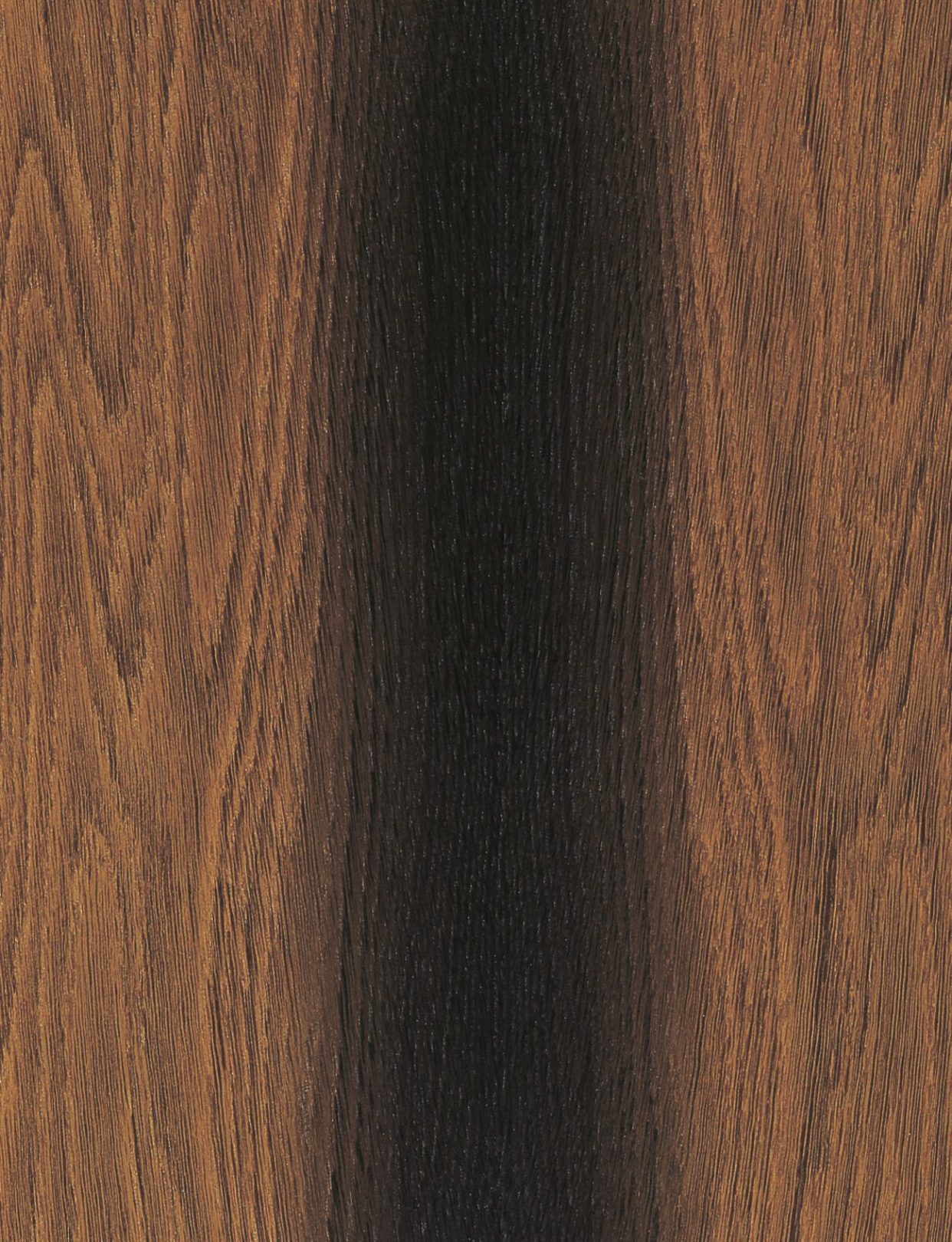
Bog Oak
Quercus ssp.

Trade Names
Bog Oak, Black Oak
Origin
Europe
Range
These are Oaks which grew 600 to 8,500 years ago, were felled by natural events and started petrification in gravel beds under water. The dark color is caused by tannin reactions with water containing iron. The intensity of the coloring increases during the storage period. Bog or Moor Oaks are generally found when excavating lakes or digging gravel pits in the plains of large rivers.
Uses
Sliced veneer for faces, furniture, paneling, parquet flooring.
Properties
The color is blue-black, also brownish-black, depending on how long the logs have lain. Wanted as veneers are those where the outer edges have already taken on the black color but are still dark to light brown in the heart.
Machining
Bog Oak can be worked only with great difficulty due to its great hardness. Carbide-tipped tools are to be recommended to obtain satisfying cuts.
Seasoning
Bog Oak calls for drying with the greatest of care and should be air dried only. Due to its strong tendency to check, the wood should be protected from air drafts, higher temperatures and the influence of the sun.
Finishing
Due to its rich range of color, satin to silky luster surface finishes should be given preference for Bog Oak. These finishes take without any great problems.
Jointing
Gluing should be carried out carefully. Pre-drilled screw joints hold firmly.

